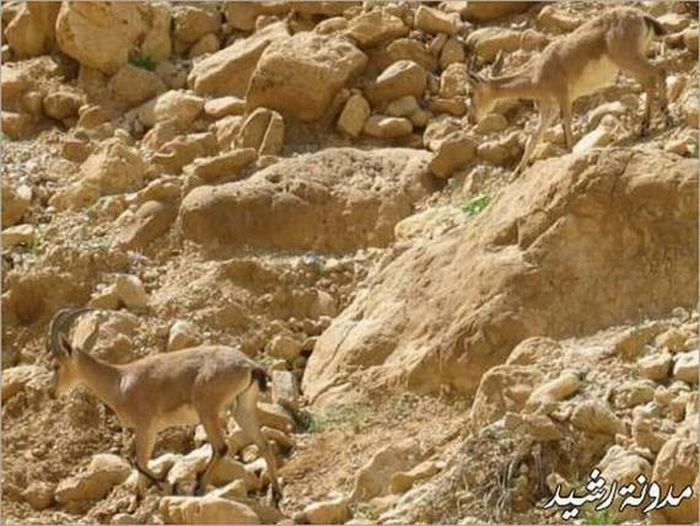|
|
Masters Of Camouflage
|
Cryptic coloration can change as well. This can be due to just a changing of the seasons, or it can be in response to more rapid environmental changes. For example, the Arctic fox has a white coat in winter, and a brown coat in summer. Mammals and birds require a new fur coat and new set of feathers respectively, but some animals, such as cuttlefish, have deeper-level pigment cells, called chromatophores, that they can control. Other animals such as certain fish species or the nudibranch can actually change their skin coloration by changing their diet. However, the most well-known creature that changes color, the chameleon, usually does not do so for camouflage purposes, but instead to express its mood.
Beyond colors, skin patterns are often helpful in cryptic coloration as well. The Cornsweet illusion describes visual perception as occurring through contrasts of outlines. One recognizes a dog, for example, not by its color as much as by its shape. Often what matters most for good cryptic coloration is to break up the outline of a creature's body. This can be seen in common domestic pets such as tabby cats, but striping overall in other animals such as tigers and zebras help them blend into their environment, the jungle and the grasslands respectively. The latter two provide an interesting example, as one's initial impression might be that their coloration does not match their surroundings at all, but tigers' prey are usually color blind to a certain extent such that they cannot tell the difference between orange and green, and zebras' main predators, lions, are color blind. In the case of zebras, the stripes also blend together so that a herd of zebras looks like one large mass, making it difficult for a lion to pick out any individual zebra. This same concept is used by many striped fish species as well. Among birds, the white "chinstraps" of Canada geese make a flock in tall grass appear more like sticks and less like birds' heads.
In nature, there is a strong evolutionary pressure for animals to blend into their environment or conceal their shape; for prey animals to avoid predators and for predators to be able to sneak up on prey. Natural camouflage is one method that animals use to meet these. There are a number of methods of doing so. One is for the animal to blend in with its surroundings, while another is for the animal to disguise itself as something uninteresting or something dangerous.
There is a permanent co-evolution of the sensory abilities of animals for whom it is beneficial to be able to detect the camouflaged animal, and the cryptic characteristics of the concealing species. Different aspects of crypsis and sensory abilities may be more or less proclaimed in given predator-prey pairs of species.
|
|









